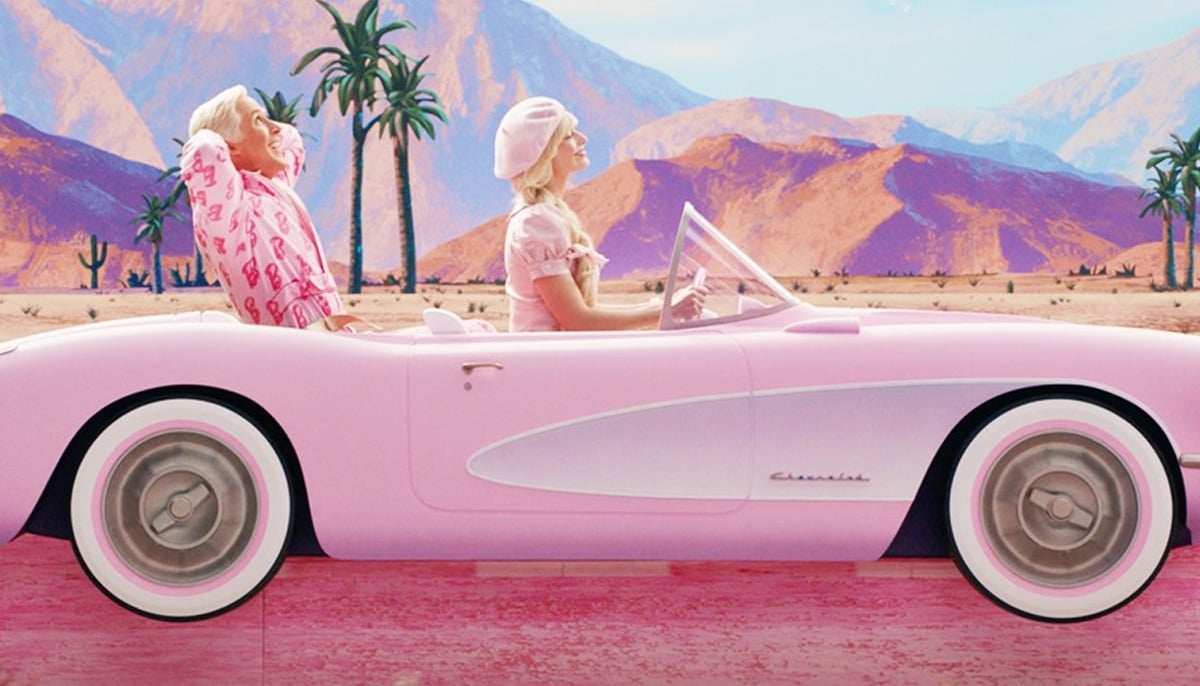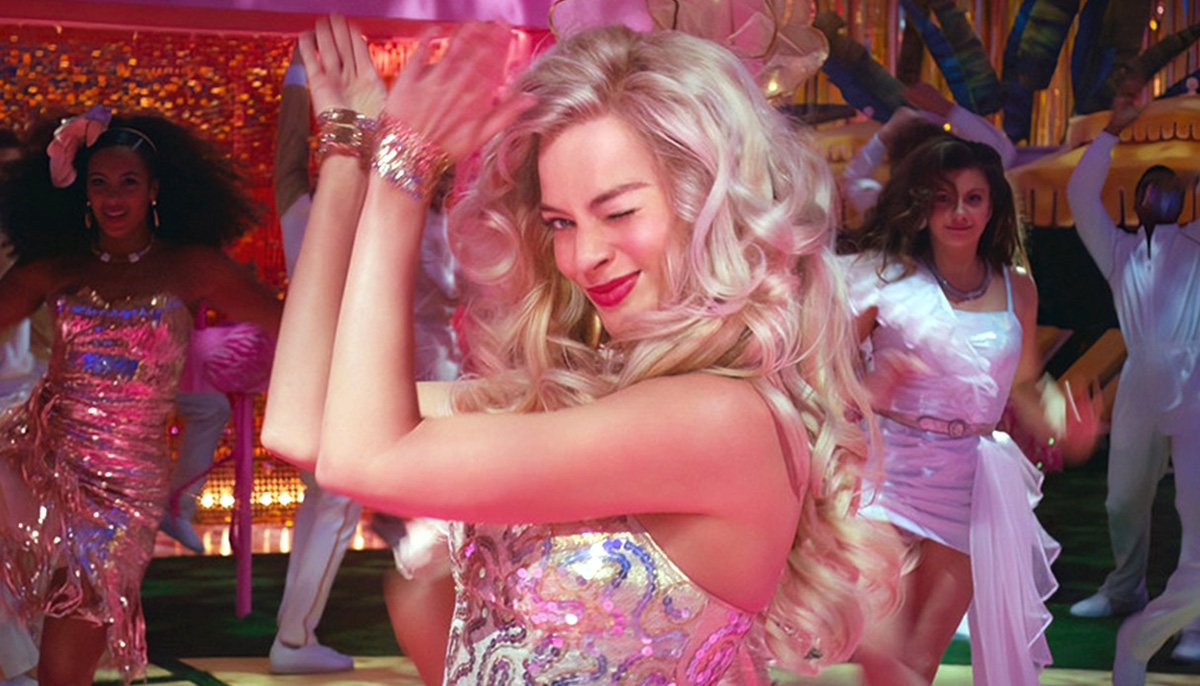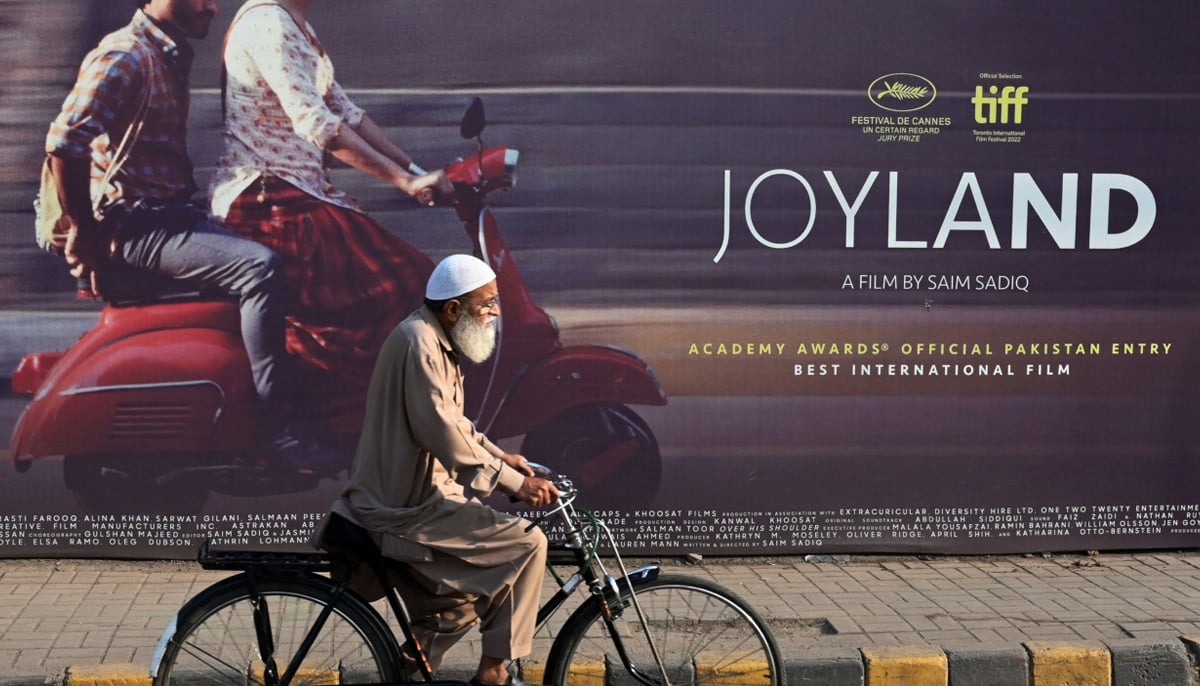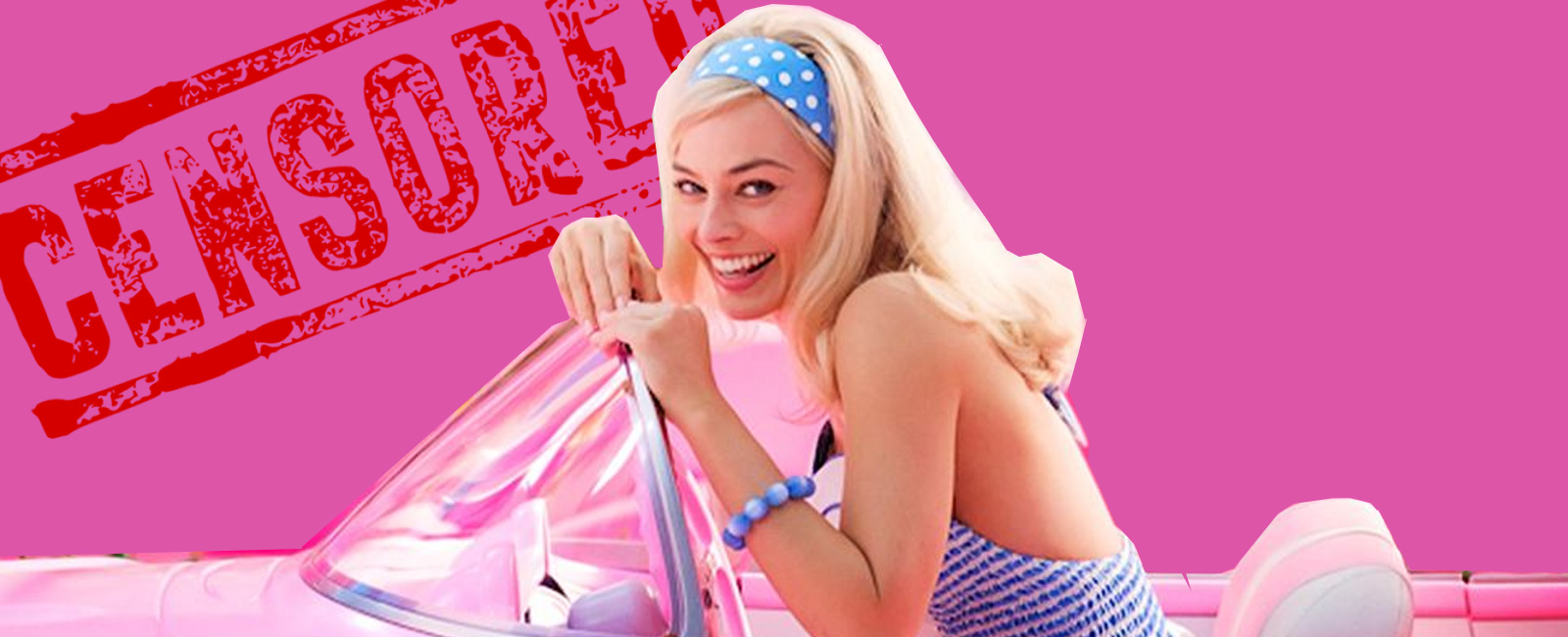'Come on, Barbie, Let's go Party' … but not in Punjab
Half-baked restrictions on popular cinema appear almost hilarious if we think about high levels of piracy and unchecked availability of actually “objectionable” content throughout country

The last few months have witnessed an extraordinary craze for American filmmaker Greta Gerwig’s directorial Barbie and British-American director Christopher Nolan’s Oppenheimer. Before they were released on the same day, both movies became the subject of memes and debates on social media all over the world.
And while everyone is talking about which movie to watch first and what are the themes and if they live up to the hype created for them… folks in Punjab are wondering why Barbie has been flagged as “inappropriate content” for them by their provincial government.
The Punjab Film Censor Board cleared the flick for release on July 21 following which the movie was slated to be screened across cinemas in the province. But a day later, the provincial government pulled its screening for supposedly containing “pro-LGBTQI+” content.
While most cinema houses followed the government's instructions, Universal Cinema at Emporium Mall Lahore, apparently unaware of the orders, still aired the movie on July 22. But its management later had to stop the show after 40 minutes and announce a refund for the viewers sitting in the hall. The movie is currently under review by the Punjab government.

It will be reexamined in a few days and after “censoring dialogues” it may be allowed screening, Geo Fact Check quoted Amir Mir, the caretaker information and culture minister in Punjab..
Now, while the movie is being shown in cinema houses all over the country, Punjab has decided against the national censor board clearance. What is in it that is suitable for all Pakistani viewers, but not for those who live in Punjab? This decision raises questions beyond Barbie, the movie, and makes us think about the reception of the Barbie doll and the sociocultural issues related to it.
With the theme song “Barbie You’re Beautiful,” the now iconic doll was introduced in the United States of America in 1959. The eleven and a half inches doll has sparked controversies, admiration, and critique in the four decades of its creation, but has managed to survive on universal indexes of popularity. The most popular fashion doll, Barbie has been banned multiple times in many countries for a variety of reasons including the un-Islamic dress code (Saudia Arabia) and the encouragement of consumerism (Russia).
Still, the American doll unlocked the secret to success in the toy world and infiltrated the global market with its fantastic merchandise of dream houses, clothes, makeup, kitchenware, and a never-ending assortment of school supplies. Barbie is celebrated for the charismatic charm of its beauty by an overwhelming majority of little girls and young women, receiving plenty of adoration and giving out joy.
The doll is still received with reservation in most traditional patriarchal Pakistani households because its womanly shape and its Western wardrobe often come into direct clash with popular Islamic ideals of modesty. Fewer families, usually in highly educated urban communities, object to Barbie because it shows a non-diverse vision of perfect beauty for women.
I now link the mixed reception and retail of Barbie the doll in Pakistan, with its namesake movie. Its basic plot, splattered all over the internet, revolves around Barbie (of course), played by actor Margot Robbie. She is the most popular of all the Barbies in Barbieland, and one day she suddenly gets existential thoughts, about death and immortality.
She decides to travel to the “real world” to discover her true purpose and to find her true identity. Her boyfriend, Ken, played by Ryan Gosling, comes along for the ride because his own existence is connected to Barbie in the matriarchal world of Barbieland.

We can have questions about what happens in the journey and what Barbie finds about herself, what makes the movie so popular, and to what extent it is about empowering women or stereotyping standards of womanhood. But, these questions can not be answered for you if you live in Punjab, where the movie is currently under review for “objectionable content.”
There are rumours on social media that the Punjab Censor Board is concerned about the presence of LGBTQI+ content in the movie. However, the board has not shared any clear statements so far, and the exact reason for their reservation/censorship remains ambiguous.
The officially stated reasons behind the movie bans in Pakistan are very interesting and very conflicting. In 2018, nine Bollywood movies were banned for a variety of reasons including Pari for its depiction of black magic, Raazi for the character of an intelligence agent who spied on Pakistan for India, objectionable depiction of 1947 Partition events in Gold, and its portrayal of Pakistan in a negative light in Aiyaary.
Keeping in mind the hostile history of the land, some of the reasons make sense while others can appear ambiguously hilarious. The movie bans have become more unclear with every passing year. In 2022, the Hollywood production I'll Meet You There, by Pakistani director Iram Parveen Bilal, and the British film The Lady of Heaven were banned for negative representation of Muslims, national culture and historical inaccuracies.
Then there is this new trend of half-bans. Pakistani movie Joyland was initially banned all over the country because of its “highly objectionable material,” which goes against the moral values of our society. While the ban was lifted after the movie made its official entry for the Academy Awards, Punjab still refused to show it. So, along with Barbie, there were many other movies that were not allowed to party in Punjab.

There are various ways in which people find entertainment and select a drama or a movie or a sport for carefree involvement. And, there are academic disciplines that analyse the ways in which people respond to and are involved with popular shows, movies, and so on.
However, the motives behind state censorship, that too at the provincial level, remain confusing. If allowed to watch, cinemagoers, who are not the dumb idiots that our censor board imagines them to be, may find out the problematic issues in the production of many national and international movies.
Half-baked restrictions on popular cinema appear almost hilarious if we think about the high levels of piracy and unchecked availability of actually “objectionable” content throughout the country. Can we really succeed in presenting a cool and glorious picture of our country by shoving the ugliness of crimes and violence under the proverbial carpet?
This also makes one wonder about the stance of provincial censorship on the frequency of four slaps for one female lead per drama serial on national television. Perhaps, we need to think carefully about our decisions when we think about our inherent national desire to control exposure to popular culture.
Javaria Farooqui is an assistant professor at the Department of Humanities and Social Sciences at COMSATS University Lahore. She is an ardent drama enthusiast and has a PhD in popular culture from the University of Tasmania (Australia). She tweets @JavariaFarooqui




